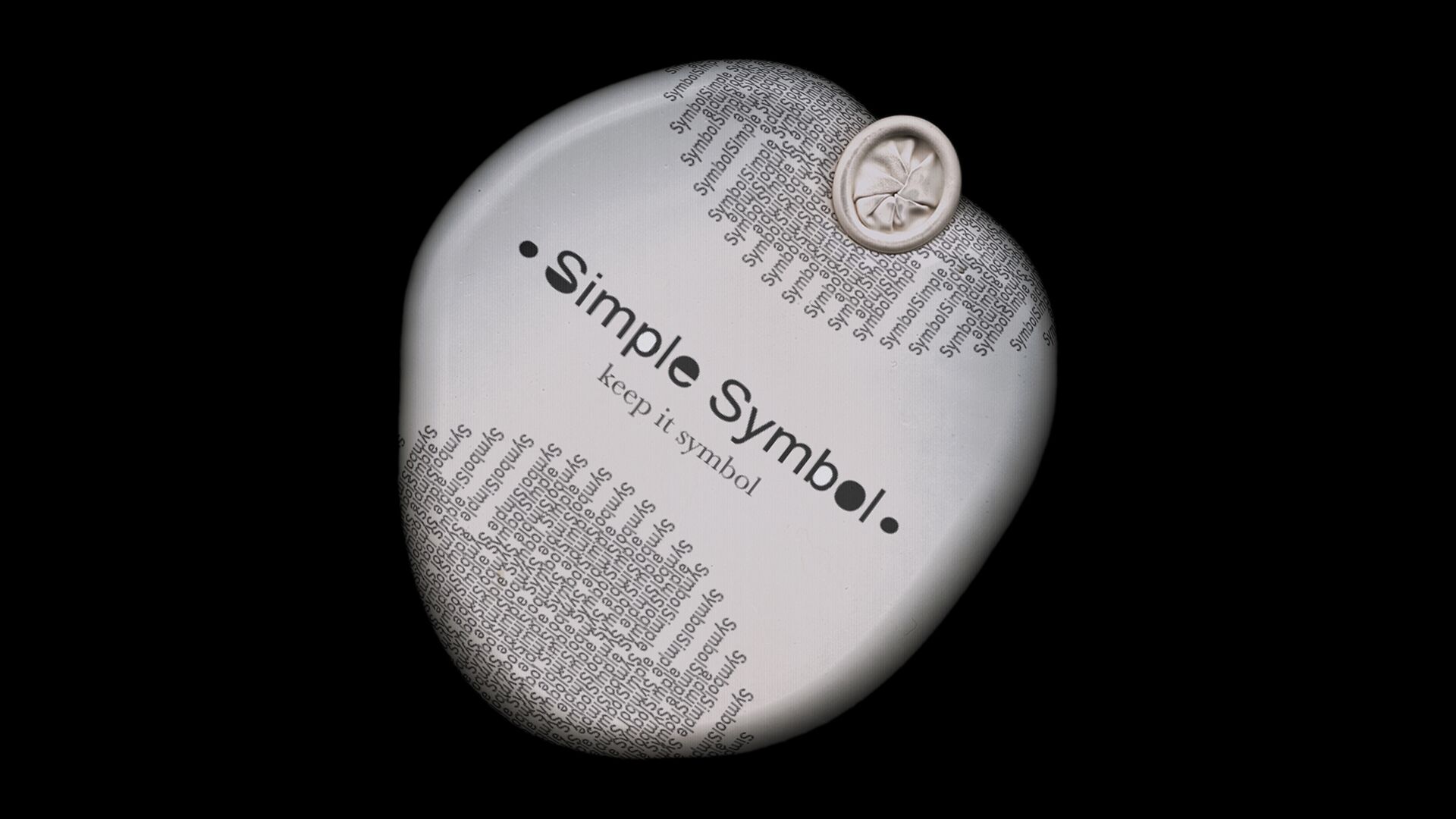

Simple Symbol is a project to explore Visual Thinking.
Visual thinking, as a cognitive process and communicative tool, has been explored by thinkers like Rudolf Arnheim and John Berger. Their work provides a strong foundation for understanding how creating visuals from research can be an effective method for processing and communicating complex ideas across various subjects.
Rudolf Arnheim, in his seminal work "Visual Thinking" (1969), argues that visual perception is not merely a passive recording of stimulus material, but an active cognitive process. He posits that the very act of looking and understanding is a form of thinking. Arnheim suggests that visual thinking precedes and underlies verbal thinking, and that many thought processes rely on visual images rather than words. This idea supports the notion that translating research into visual forms is not just about presentation, but about the thinking process itself. By creating visuals, researchers engage in a form of cognitive processing that can lead to new insights and deeper understanding of their subject matter.
John Berger, in "Ways of Seeing" (1972), further elaborates on the power of visual communication. Berger famously stated, "Seeing comes before words. The child looks and recognises before it can speak." This underscores the fundamental nature of visual understanding in human cognition. Berger's work explores how images convey meaning and how our interpretation of visuals is shaped by our knowledge, beliefs, and cultural context. This perspective is particularly interesting when considering how one person might visually process and interpret an idea and then how that is communicated to others and how they might perceive that visual interpretation based on their own knowledge, beliefs and cultural context, further adding to the muddiness an idea.
The process of creating visuals from research serves multiple purposes. First, it forces the researcher to distill complex information into its most essential elements they deem worth while, a process that often leads to clearer understanding and new connections. Second, it provides a means of organising and structuring information in a way that may reveal patterns or relationships not apparent in text-based formats. Finally, it creates a powerful tool for communication, leveraging the brain's ability to quickly process and retain visual information.
By utilising the power of visual thinking, as illuminated by thinkers like Arnheim and Berger, we can create more effective ways of processing, understanding, and sharing knowledge across a wide range of subjects. That is if what we understand from an idea to be correct or useful at all.


